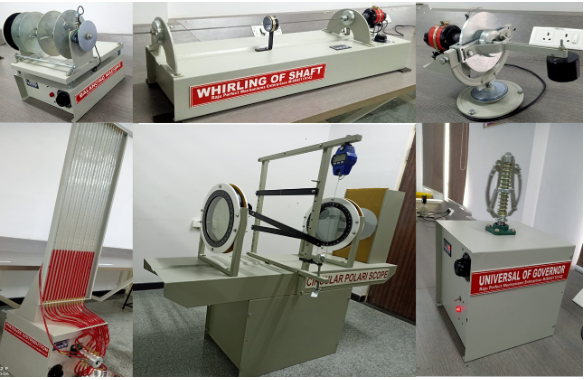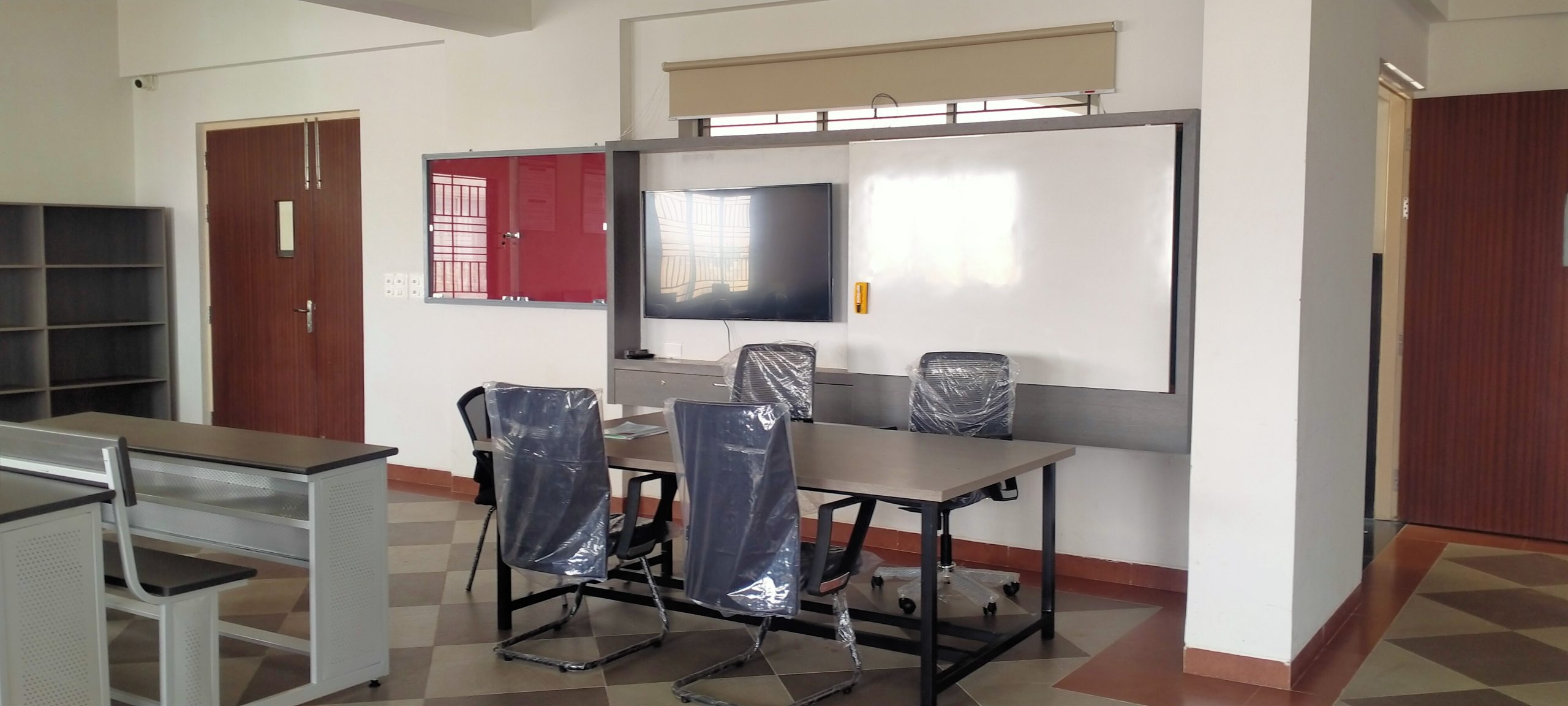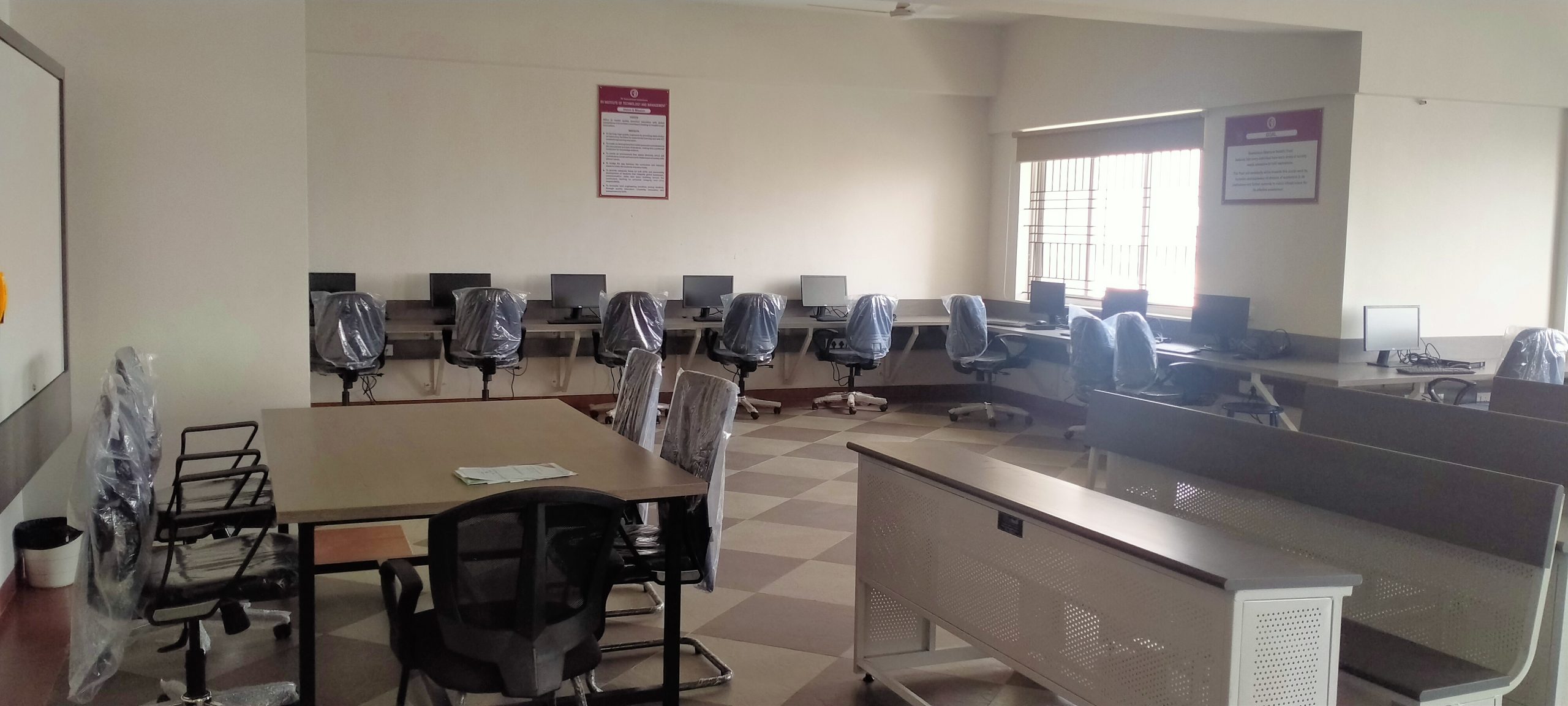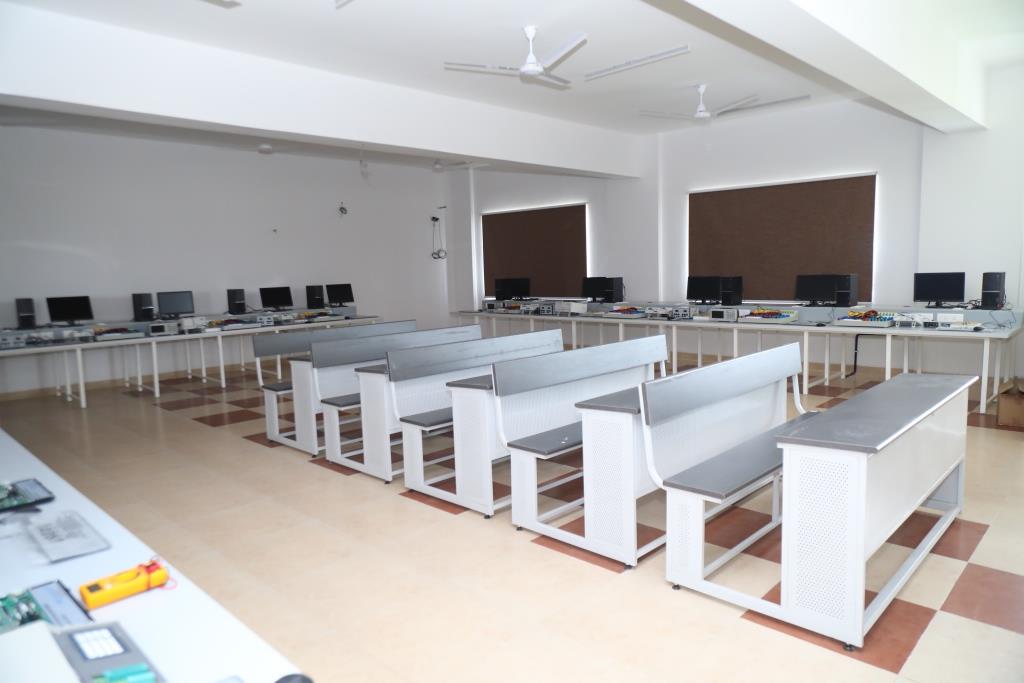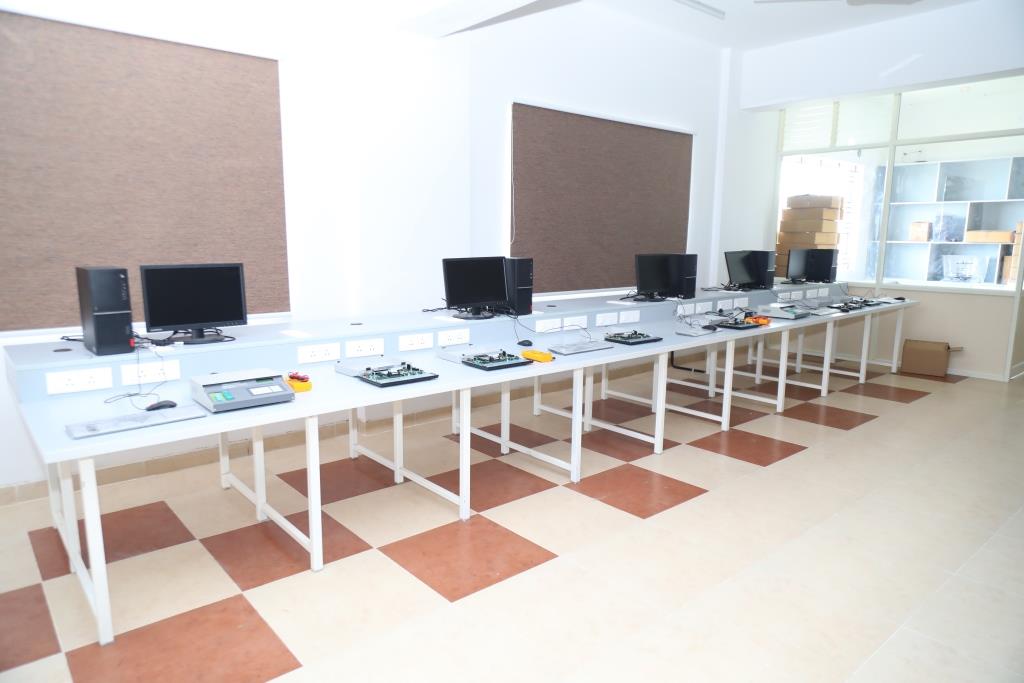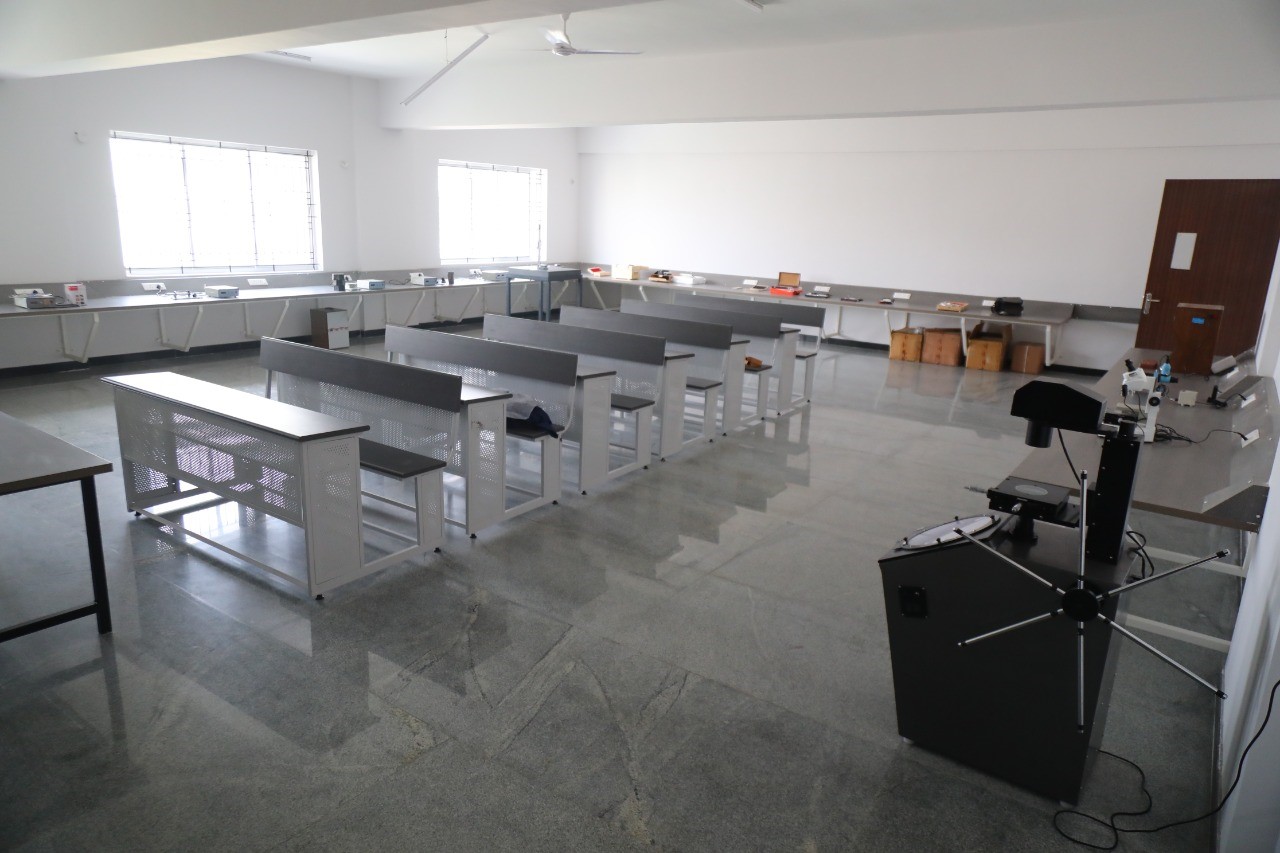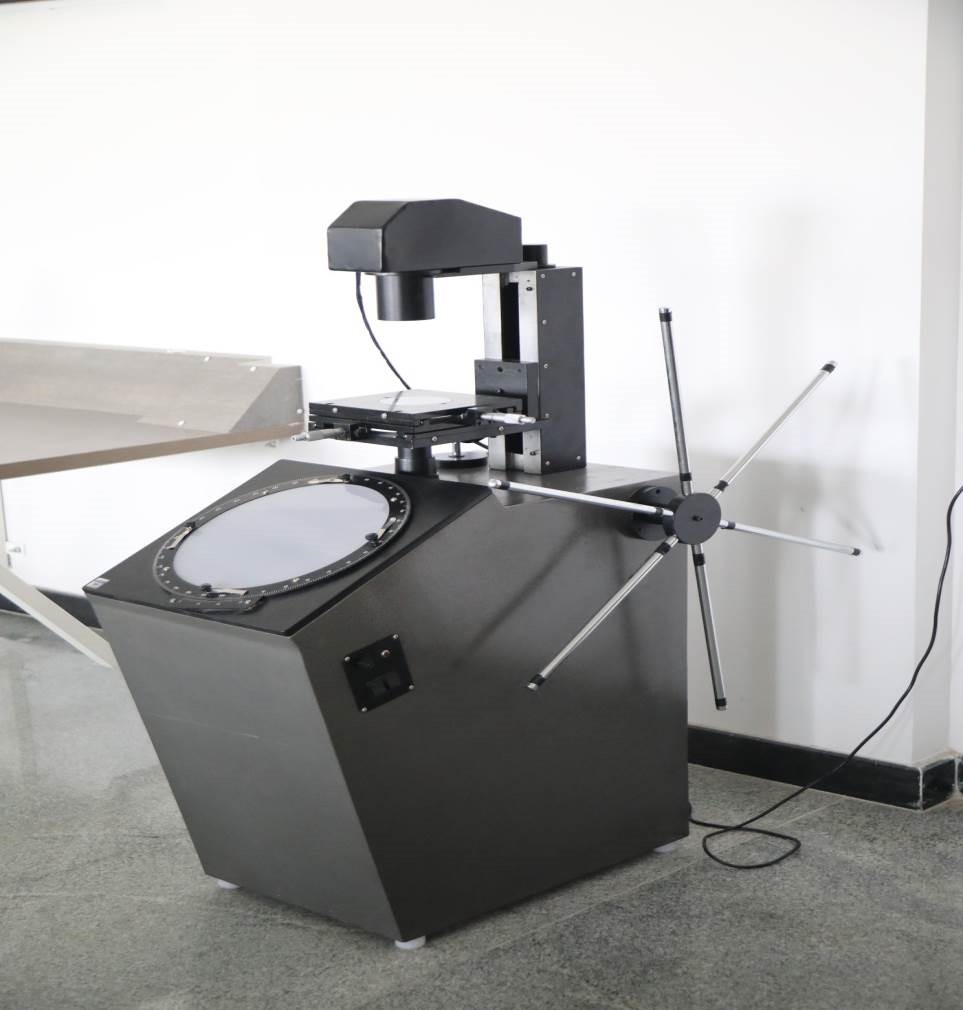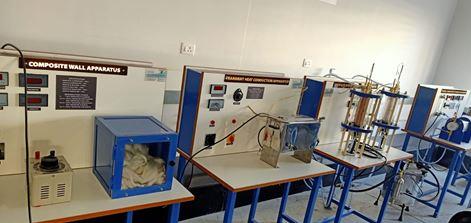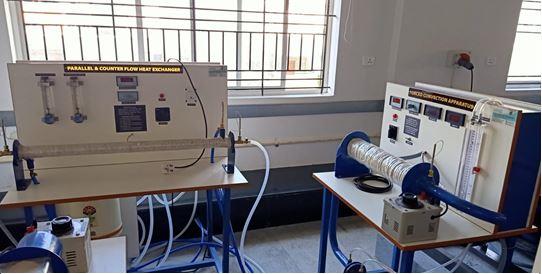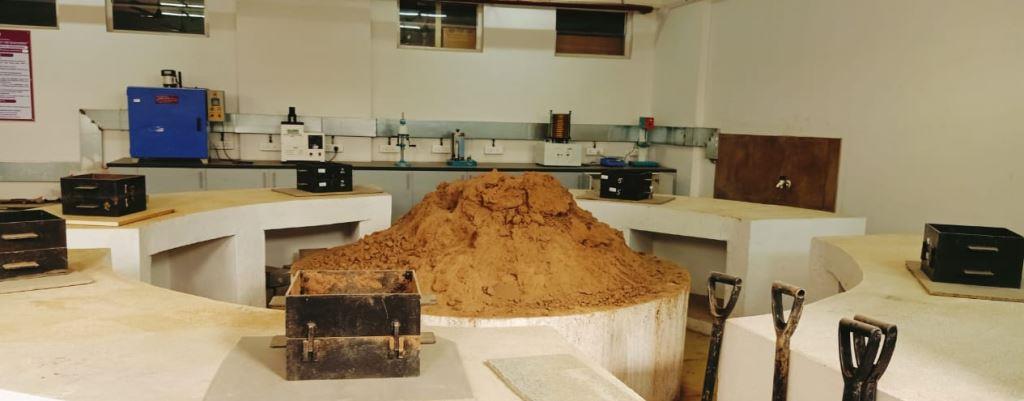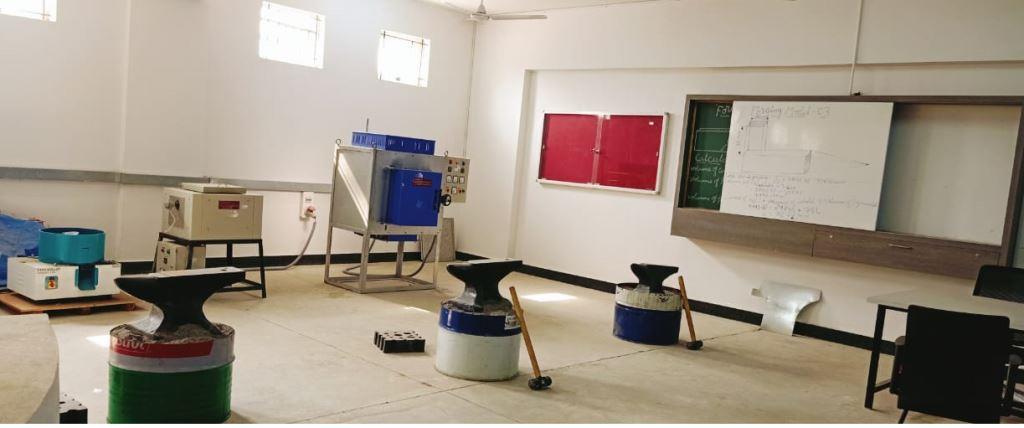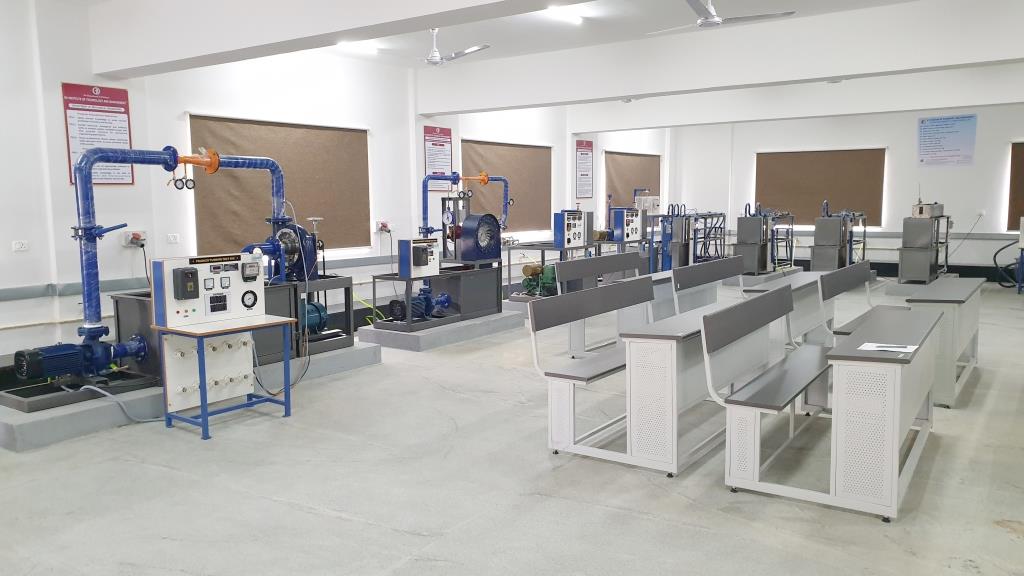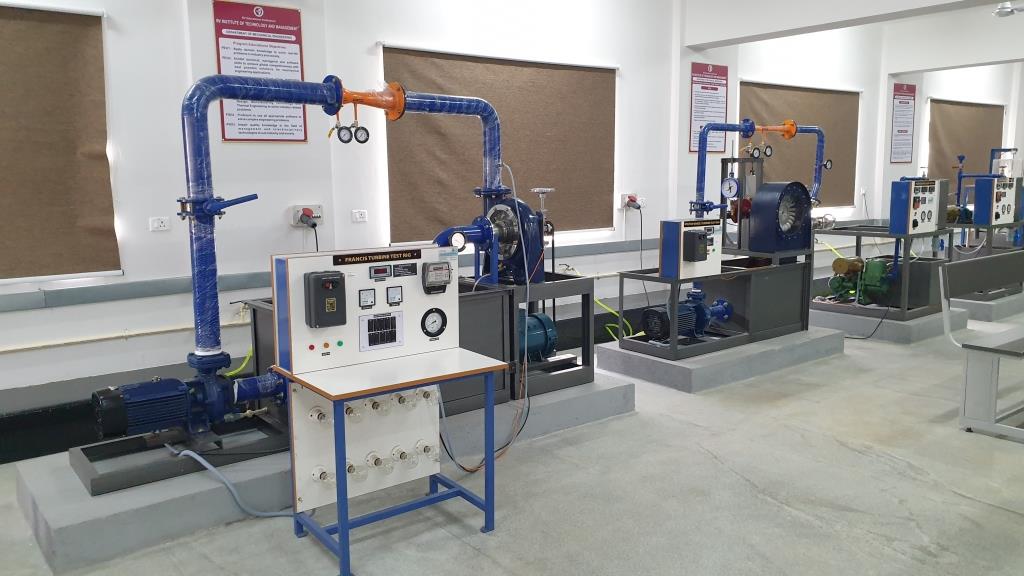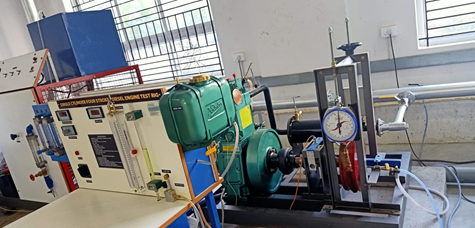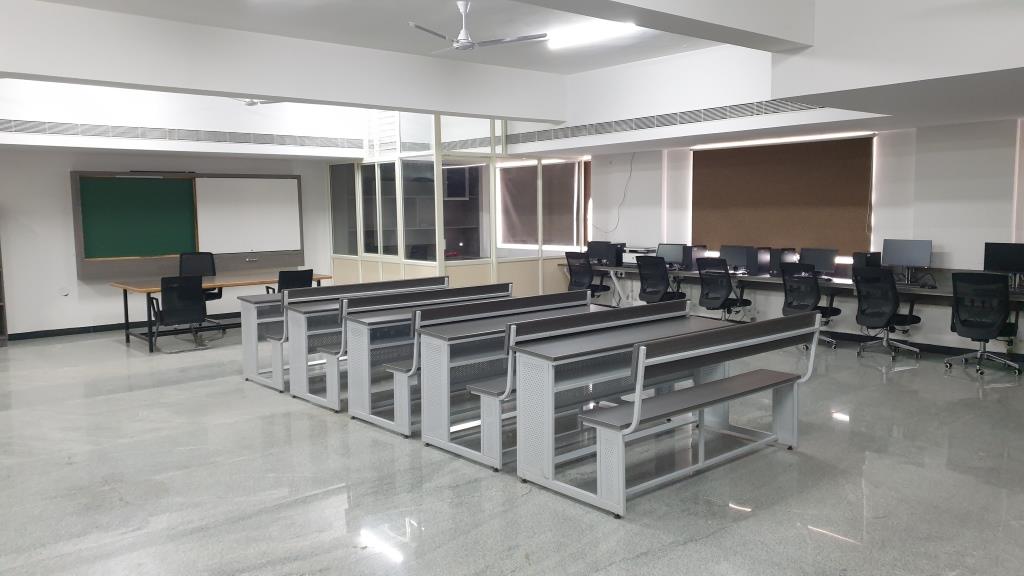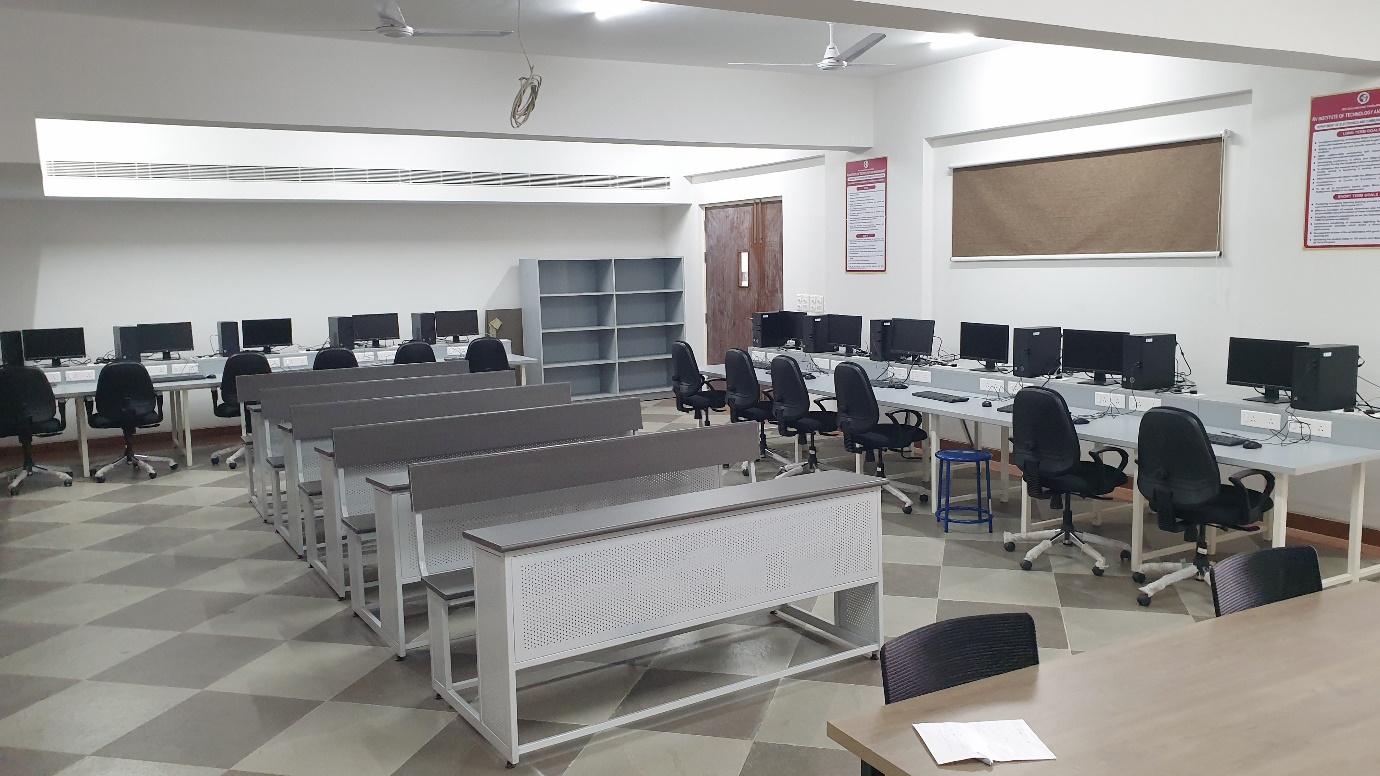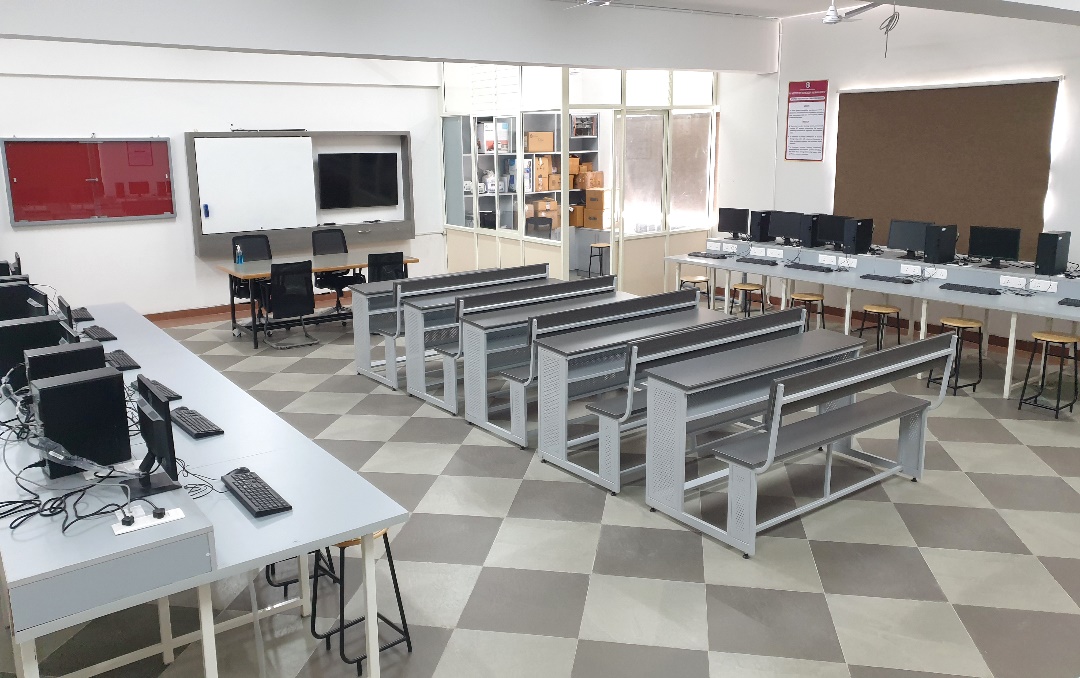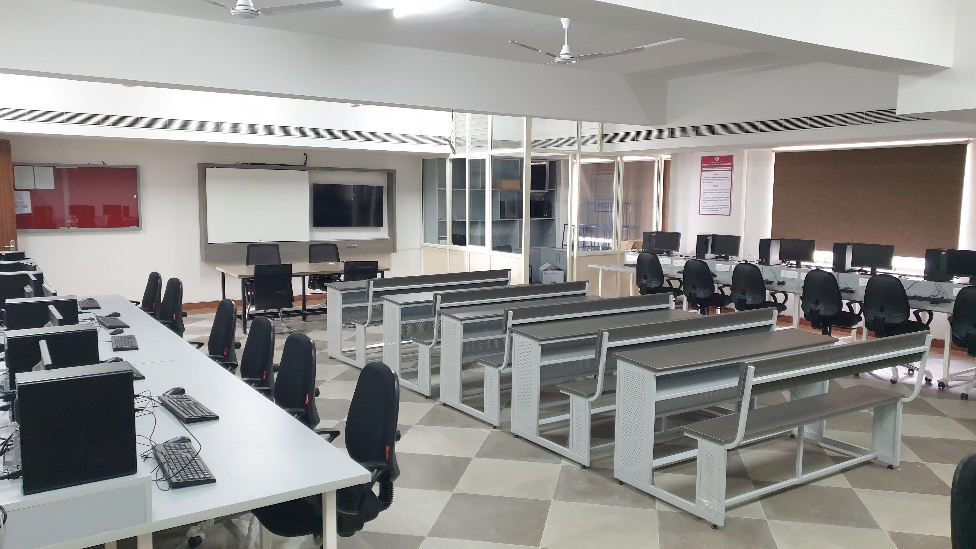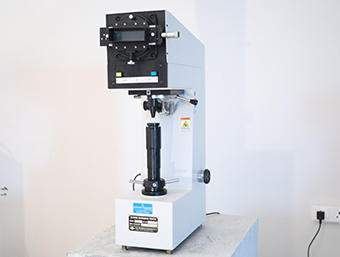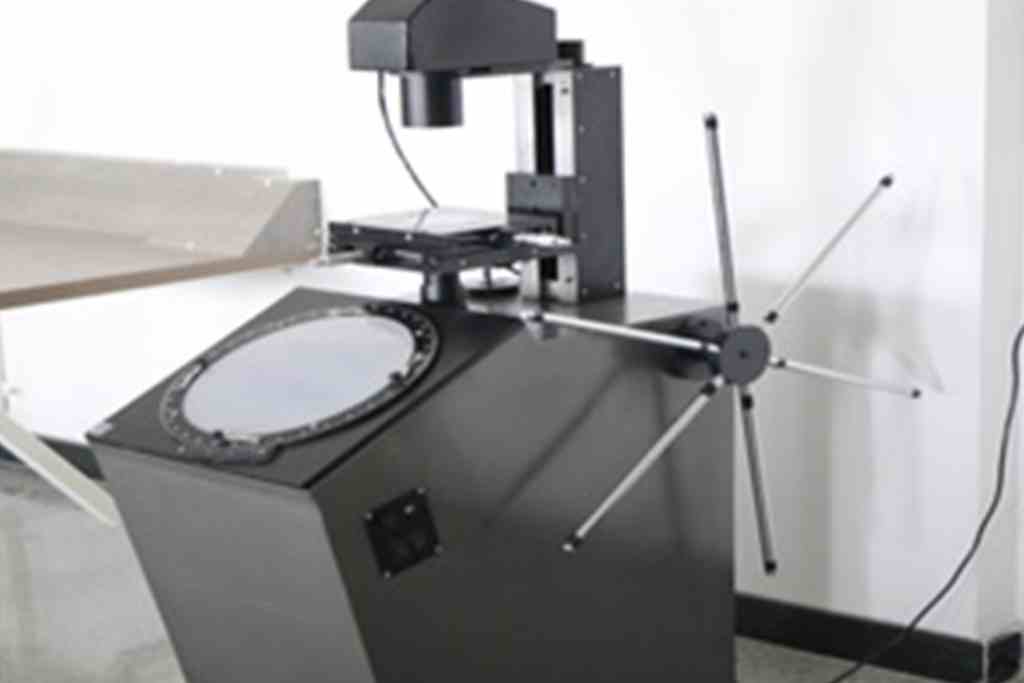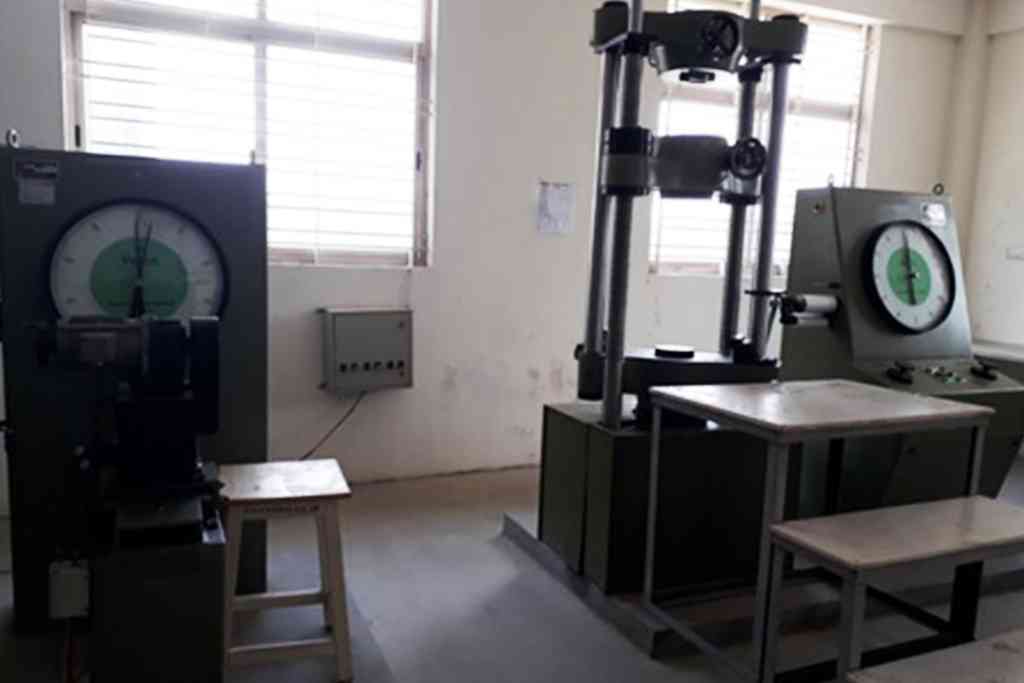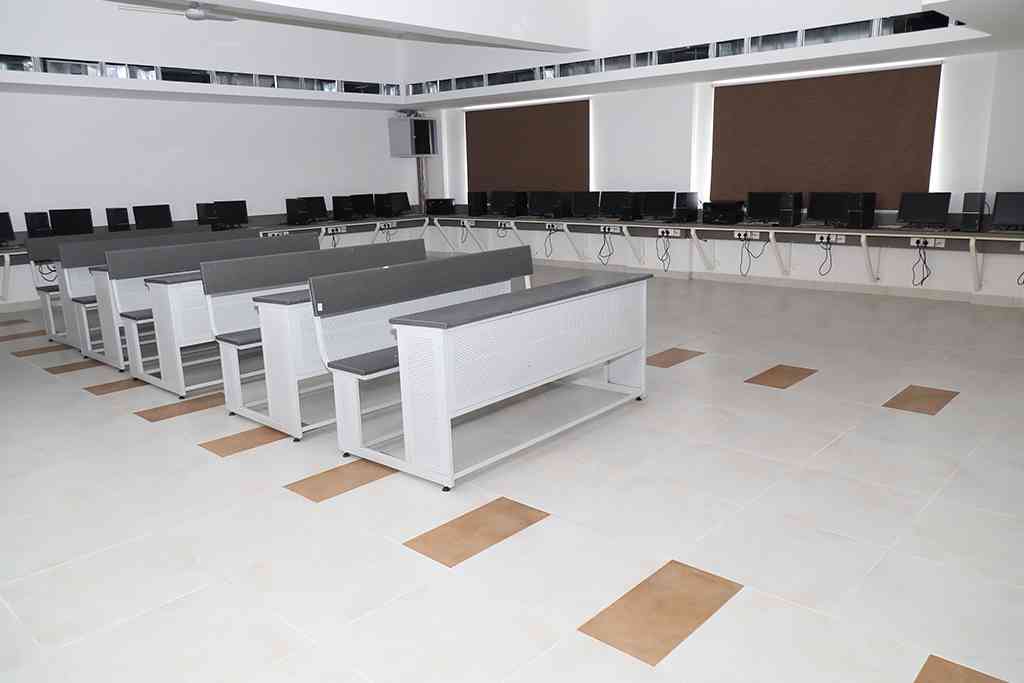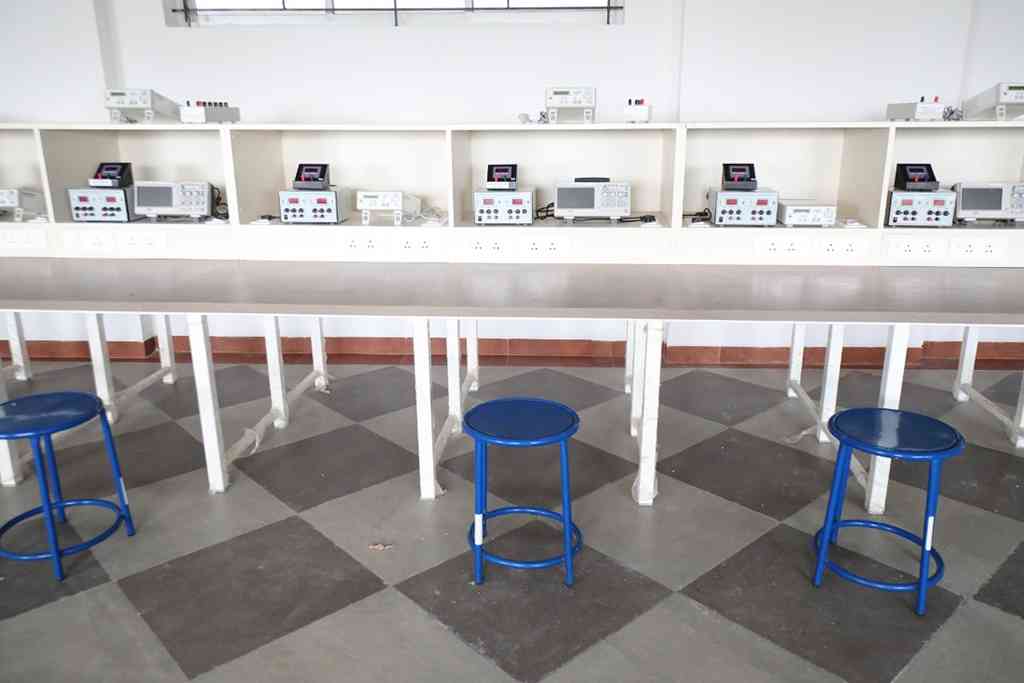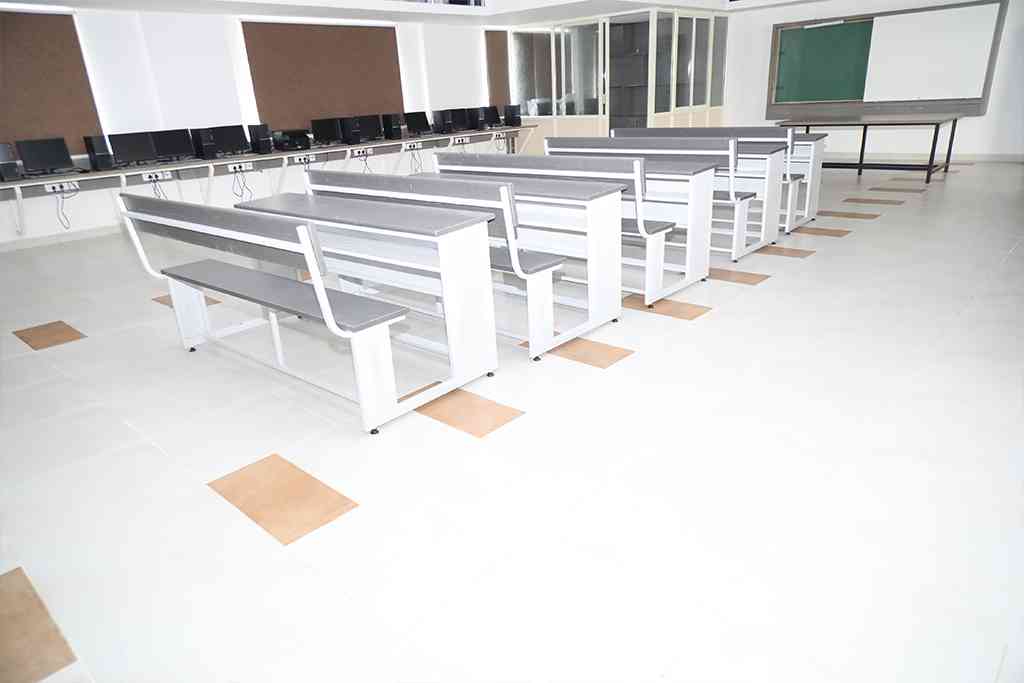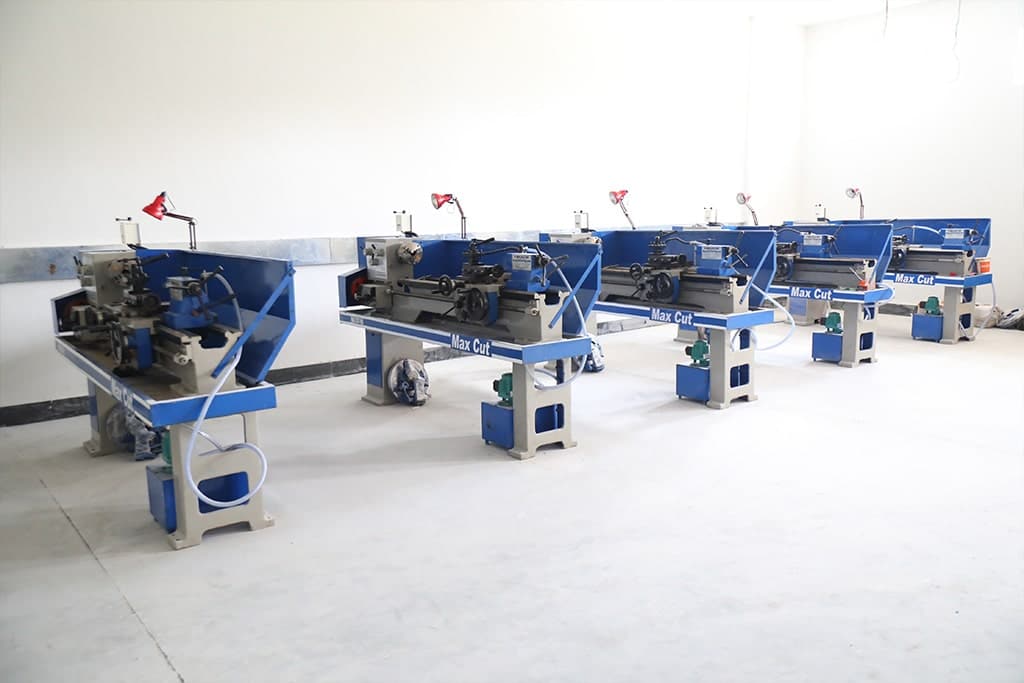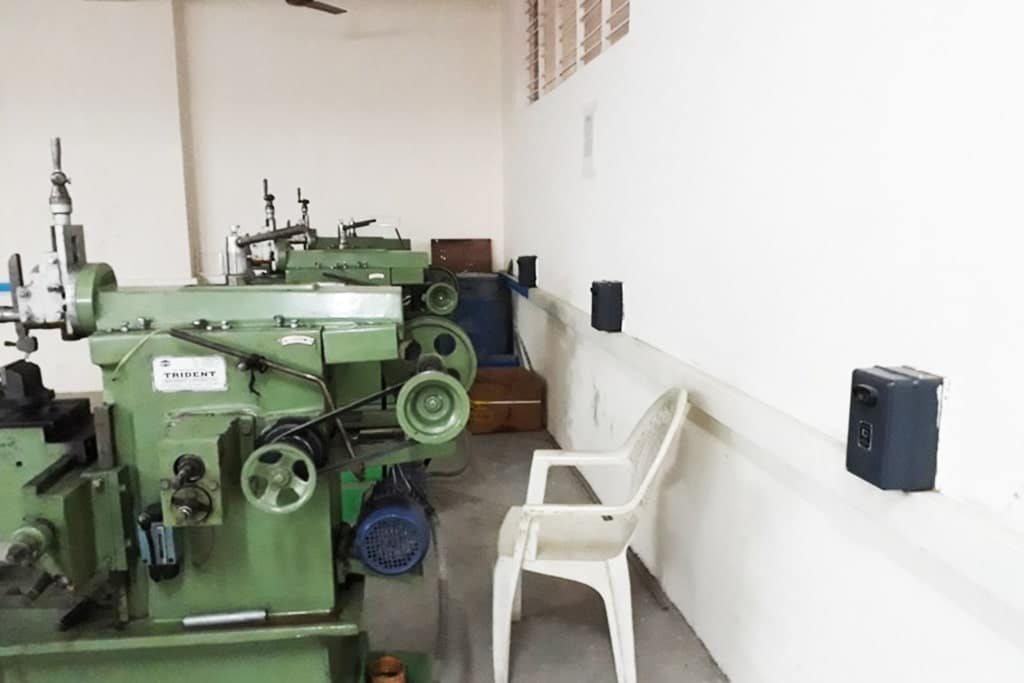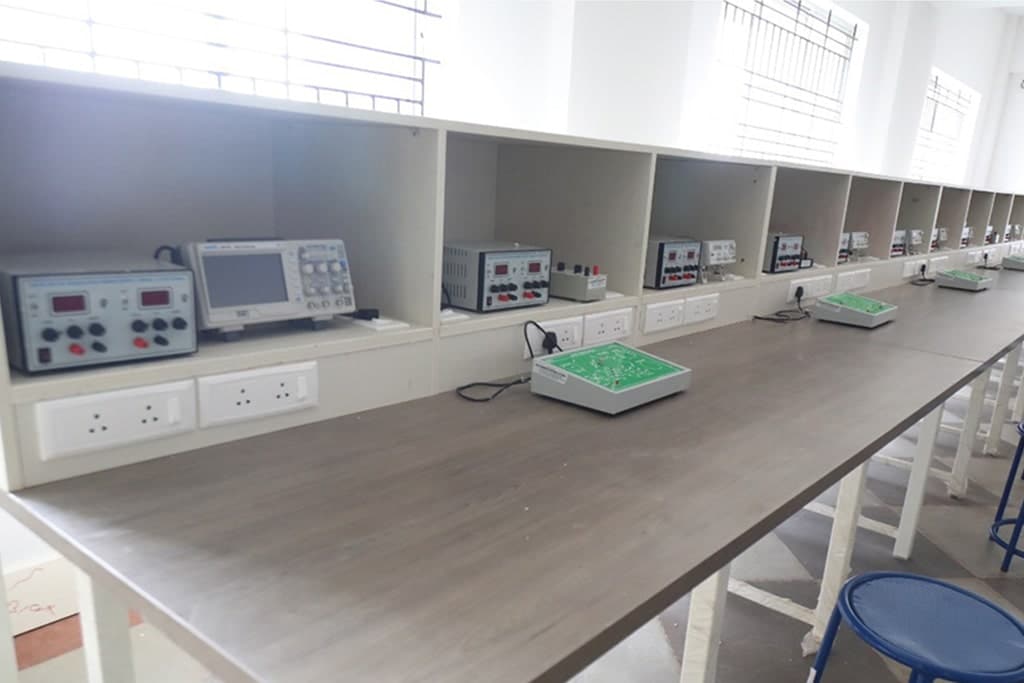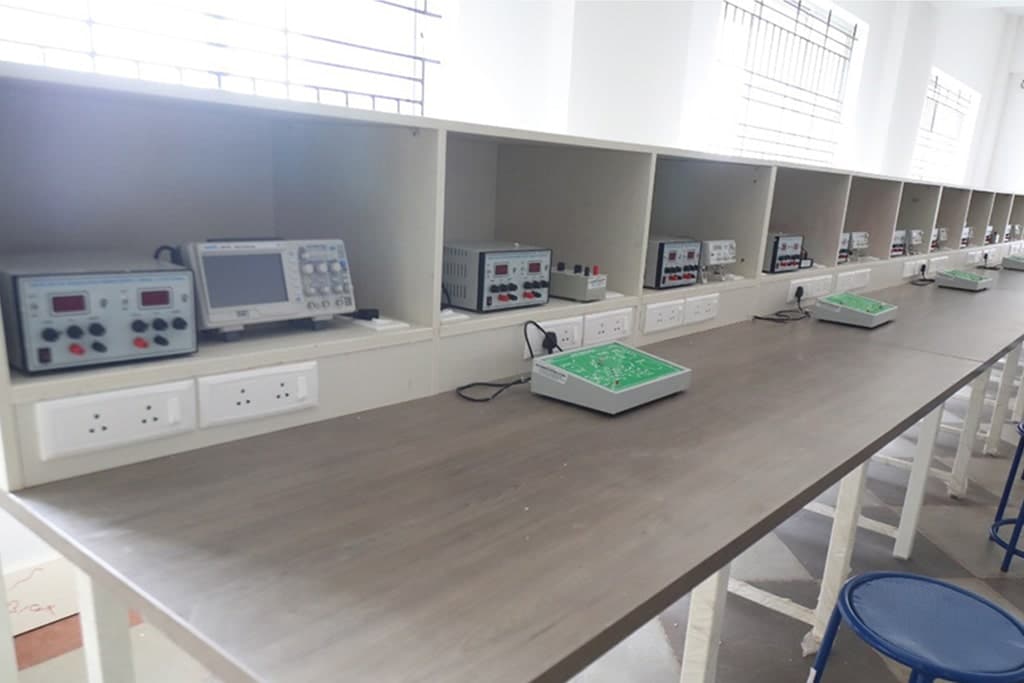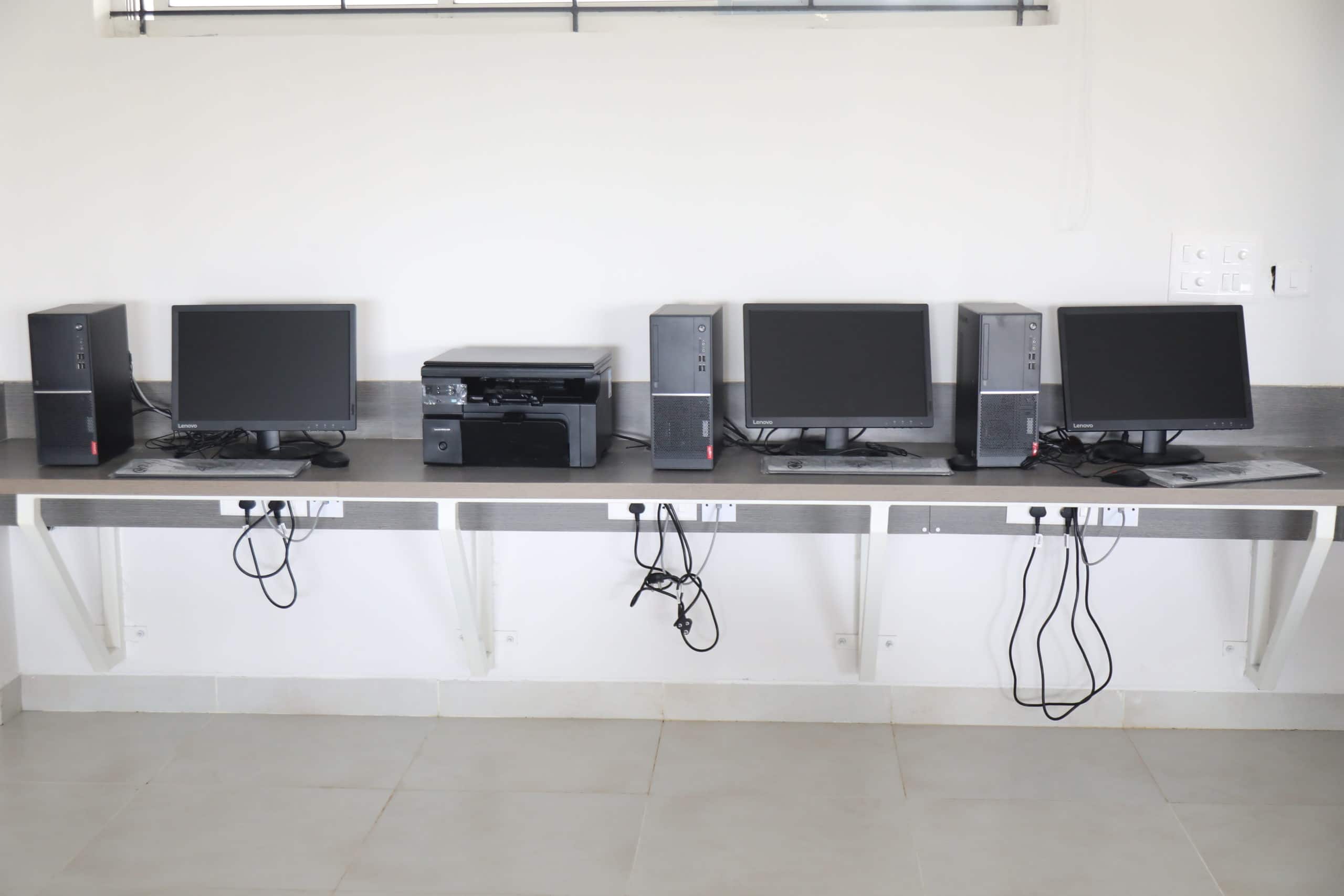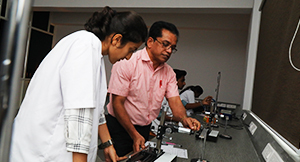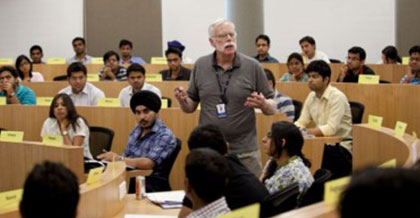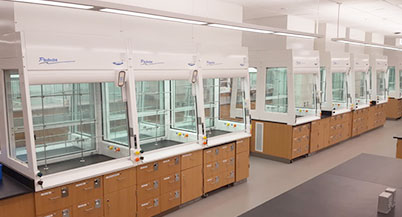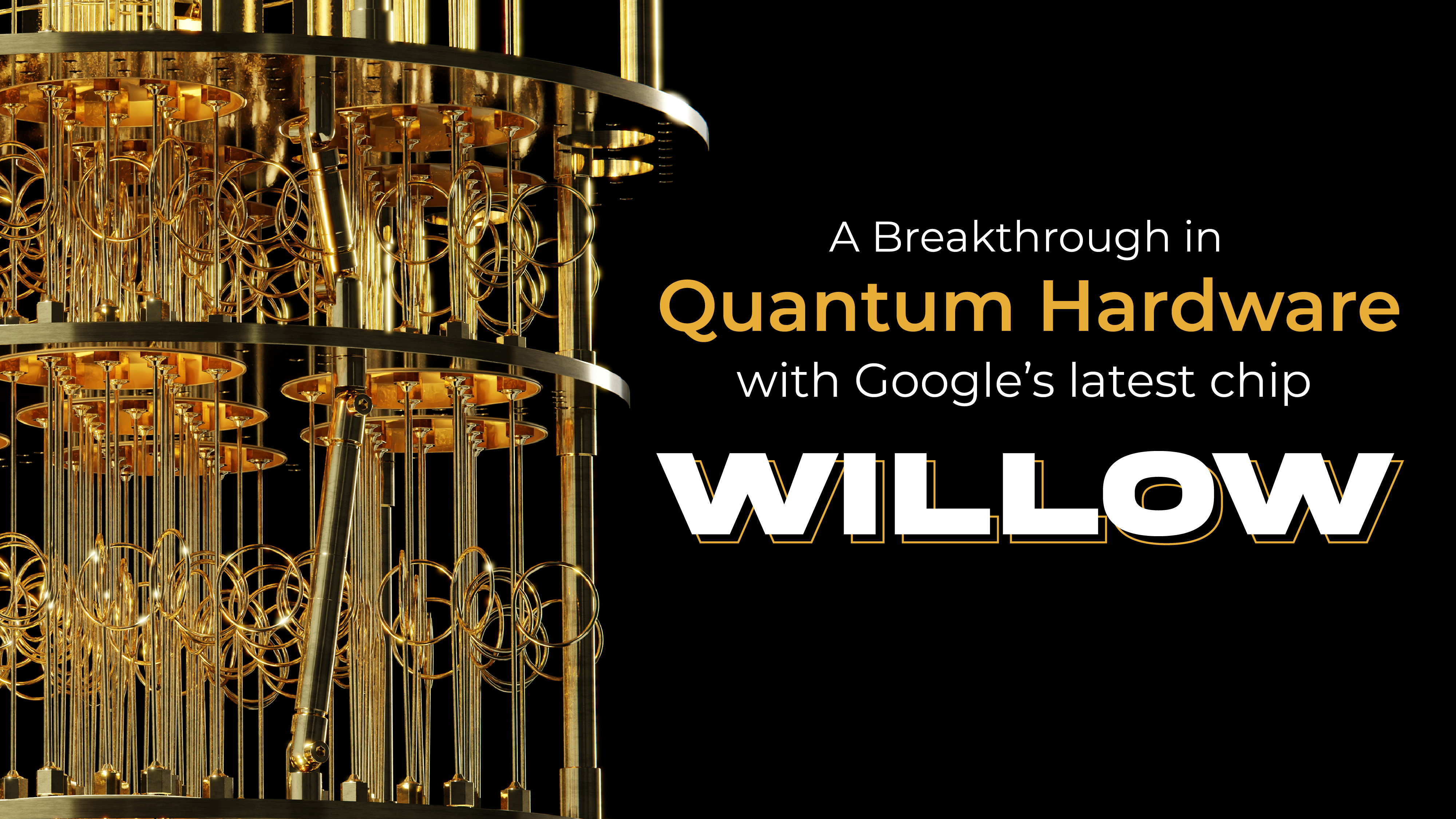
Google’s Willow: A Breakthrough in Quantum Hardware
Imagine being stuck in a maze and running around in loops to find the ultimate escape.
Wouldn’t it be better to have multiple probable escape routes as opposed to just one possible exit?
A similar question is what quantum physicists ask when faced with the problem of solving equations which ideally would have taken, classical computers or even supercomputers, years to solve.
(that would have ideally taken years for a classical computer or even a supercomputer to solve.)
To understand this, we enter the realm of Quantum Computing, Google’s new quantum chip Willow and a giant leap in technological advancement.
What is Quantum Computing?
Quantum Mechanics is the science of subatomic particles through which fundamental principles of nature are studied. These very principles are applied in Quantum Computing to calculate probabilities. Therefore, where traditional computers (like the smartphone, tablet or computer you’re reading this on) use ‘bits’ either 0s or 1s, quantum computers use ‘qubits’ (or ‘quantum bits’). And the best part? Qubits aren’t just 0s or 1s…it is 0s ‘and’ 1s. This means quantum computers can use both at the same time!
Suppose we use the analogy of the maze. In that case, it means that multiple paths are being explored simultaneously, with a probability of multiple escape routes being provided to you as possible solutions at once.
While Quantum Computing is an emergent field with incredible promise, it is extremely challenging to develop. Qubits are delicate and prone to errors, making stability and frequency of errors a recurrent and significant hurdle.
Google’s Willow and its Specifications
On 9th December, 2024, Hartmut Neven, the founder and lead of Google’s Quantum AI team, launched Willow, a cutting-edge quantum processor designed to address some of the field’s biggest challenges.
To put into perspective, the fastest classical supercomputer today would take 10 septillion years (10,000,000,000,000,000,000,000,000 years) to perform a complex computation, whereas Willow takes under five minutes to perform the same. However, there is more to this remarkable chip than just this.
Key Specifications
- 105 Qubits
Willow utilises superconducting circuits to build qubits, a widely adopted approach in quantum hardware.
- Improved Error Correction
One of Willow’s significant advancements is its enhanced ability to detect and correct errors, which is essential for reliable computations.
- Enhanced Connectivity
Willow improves communication between qubits, enabling complex calculations and stronger entanglement.
- Better Stability
Willow increases the duration qubits can perform calculations by reducing decoherence (when qubits lose their quantum state).
These specifications are a promise of improved qubit stability, connectivity and error correction, making Willow a major milestone in quantum hardware development.
Is Quantum Computing Ready for Use?
Quantum Computing promises solutions to otherwise unsolvable problems, be it in scientific simulations that pharmaceutical companies can use to develop drugs faster, or in pushing machine learning and training AI models faster. (Wonder if it can solve existential questions for us?!)
However, despite Willow’s launch signalling a notable jump in the field, experts predict that the technology will take another 5 – 15 years before it is ready for commercial use.
Problems that Remain
- Error Correction
While Willow has substantially improved error rates, reaching near-fault tolerance is critical and has not yet been achieved.
- Scaling
Quantum Computers will require thousands to millions of qubits for actual practical use.
- Infrastructure
Quantum Computers require special conditions and extremely low temperatures to function, making them extremely difficult and expensive to run.
What the Future Holds with Quantum Computing
You must now wonder what this amount of computing power will accomplish, where can it be applied and what the future holds with such technology. Here are some areas it can make a difference in problem-solving:
- Scientific Discovery
Quantum computers excel at simulating natural systems, such as chemical reactions, biological processes and material structures. This will thus enable breakthroughs that were previously unattainable.
- Revolutionise Artificial Intelligence
AI has already been causing a shift in how we search for information or generate content. With Quantum Computing, AI will become far more powerful, enabling smarter algorithms and faster model training.
- Solving Challenges of Rapid Climate Change
Quantum Computing can simulate carbon capture materials, design renewable energy technologies and optimise global climate models. This can offer solutions to some of the most pressing environmental issues which we are struggling to tackle today.
Apart from the above, Quantum Computing promises to optimise manufacturing processes to boost economic growth to unprecedented levels and to develop quantum-secure cybersecurity. In short, we stand at the cusp of what could be a revolution in how we solve real-world problems.
Google’s Willow is a tangible step towards this new era of computing, making what was once considered science fiction, a possible reality.







